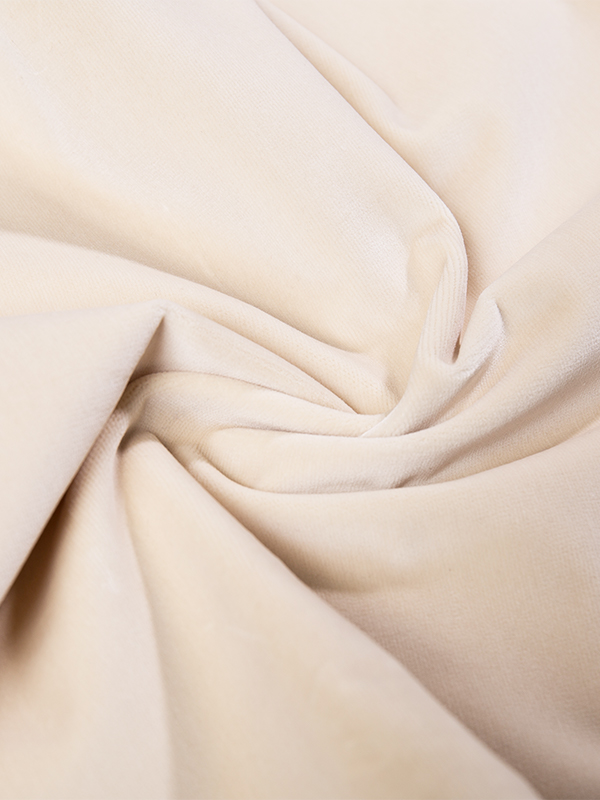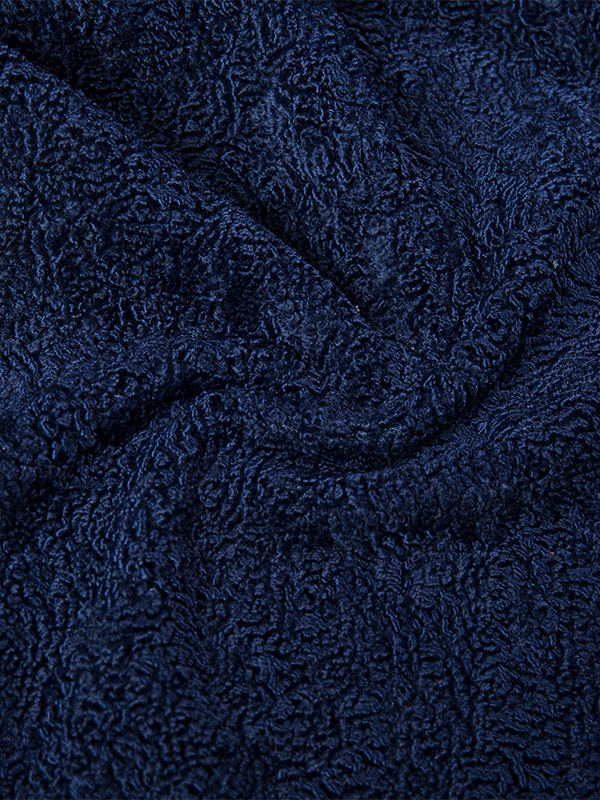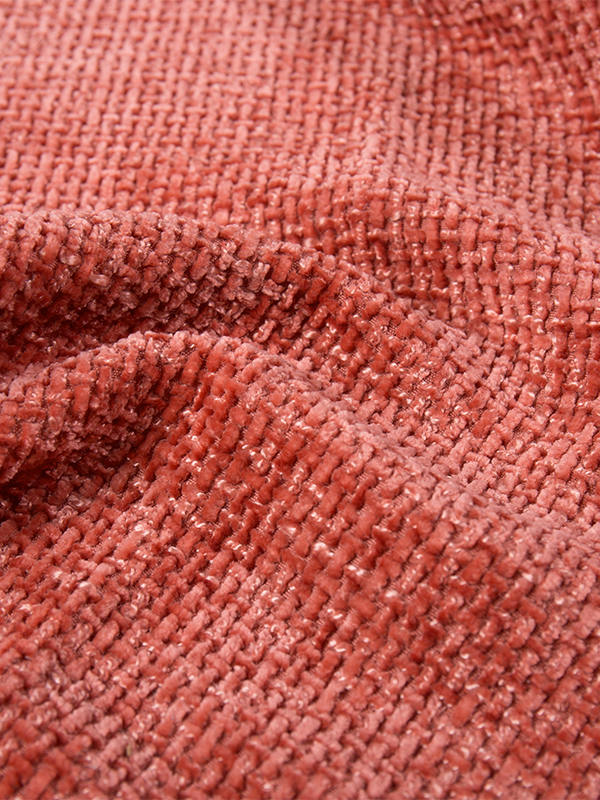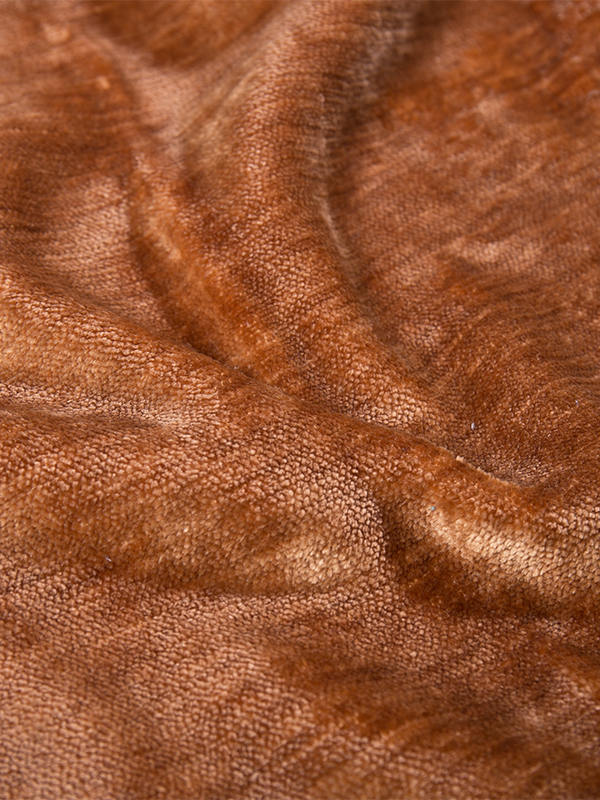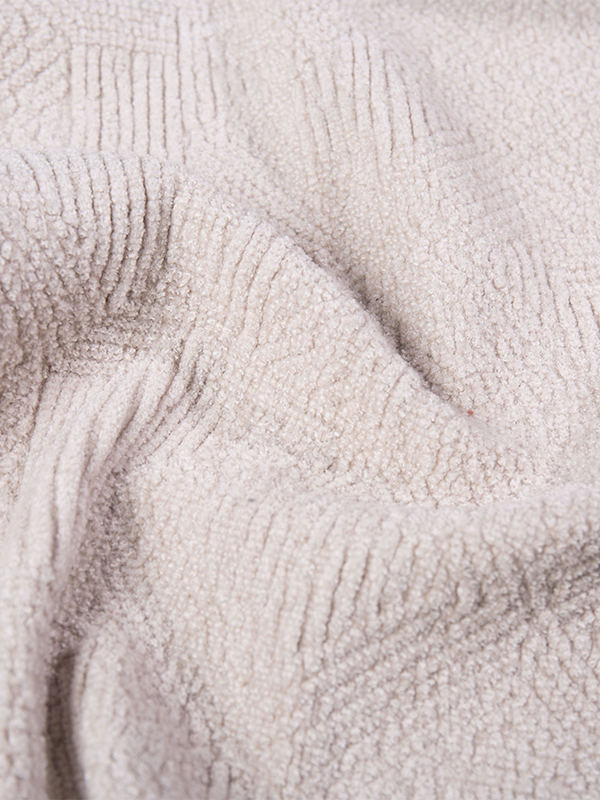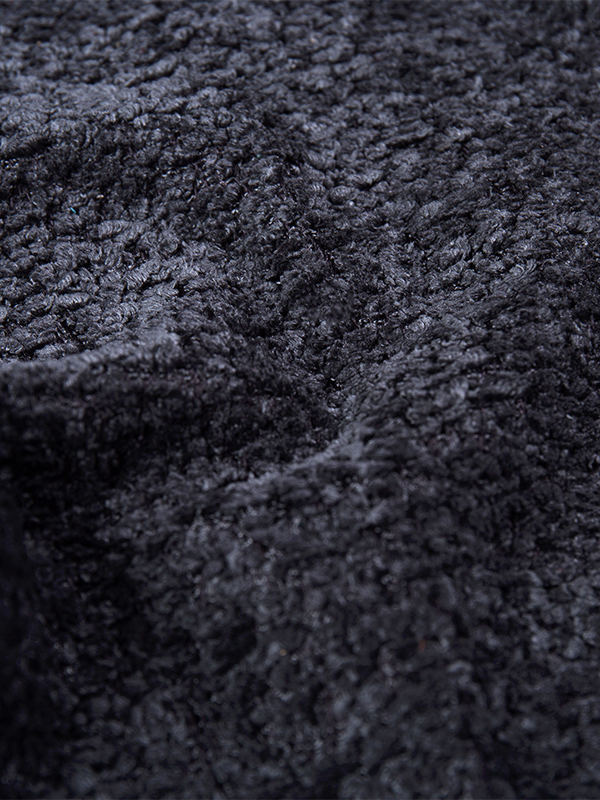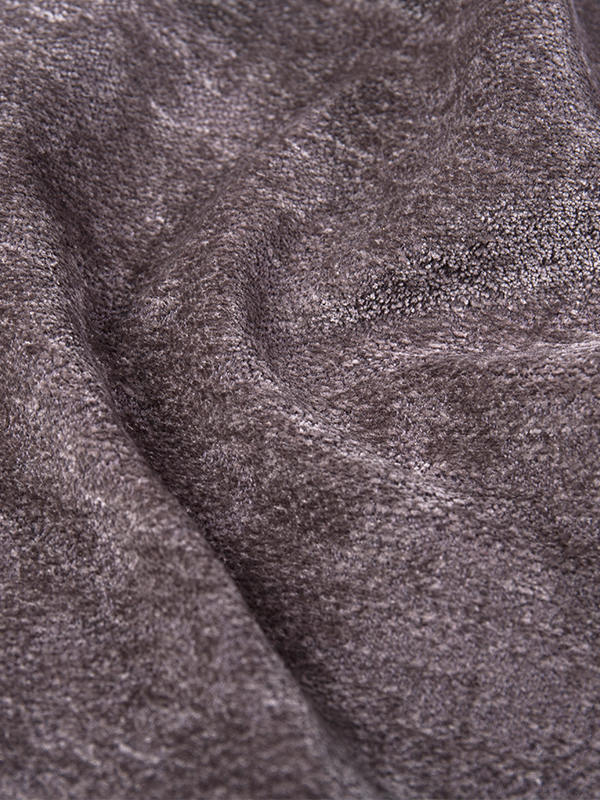Polyester warp knit fabric and Holland & Sherry velvet are both valued in textile applications, yet they differ significantly in composition, texture, performance, and typical use. Understanding these differences can help designers, manufacturers, and consumers make informed decisions about which material suits a particular project. While both fabrics offer notable advantages, their properties are suited to different environments and expectations, making direct comparison a useful way to assess their practical applications.
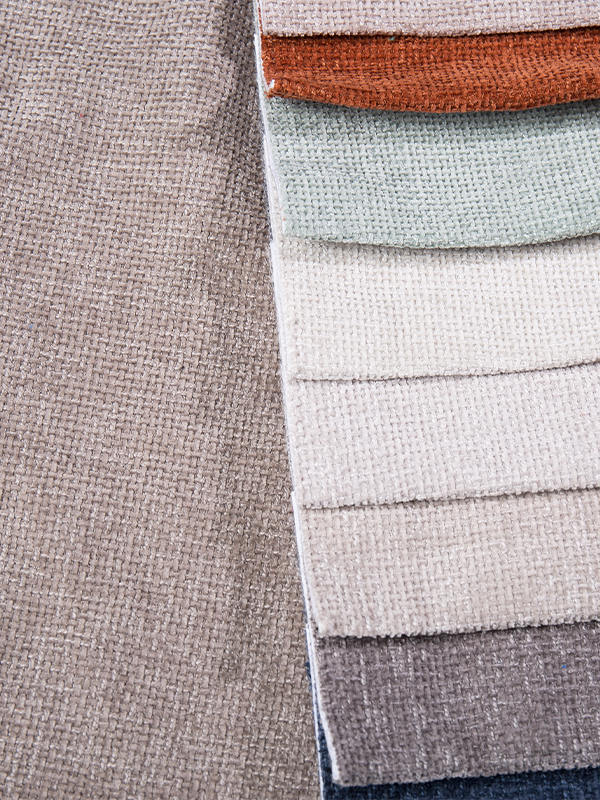
Polyester warp knit fabric is made using a knitting process where yarns are looped vertically in a warp-wise direction, creating a stable structure that resists runs and distortion. Because it is made from polyester fibers, this fabric often has characteristics such as durability, wrinkle resistance, and color stability. Its structure provides a certain degree of stretch in one direction, depending on the knit design, while still maintaining dimensional stability in the other. The fabric can be produced in various weights and textures, making it adaptable to sportswear, casual apparel, home textiles, and industrial applications. Another advantage is its relatively low maintenance, as polyester fibers dry quickly and are resistant to shrinking in normal washing conditions. The production process also allows for large-scale manufacturing with consistent quality, making it cost-effective for high-volume projects.
Holland & Sherry velvet is a high-end fabric primarily associated with luxury and bespoke tailoring. Holland & Sherry, a well-known textile brand, produces velvet using fine fibers such as cotton, silk, or a blend of natural and synthetic materials. The defining feature of velvet is its dense pile, created by weaving two layers of fabric together and then cutting them apart to produce a soft, plush surface. This pile structure gives velvet its signature texture and depth of color. Holland & Sherry velvet, in particular, is recognized for its refined finish, precise craftsmanship, and attention to fiber quality, making it a favored choice for formalwear, statement interior pieces, and decorative purposes where appearance is a priority. Maintenance for velvet can be more specialized, as its surface can be affected by crushing or moisture, and professional cleaning is often recommended to preserve its appearance.
When comparing durability, polyester warp knit fabric tends to excel in active or functional applications. Its synthetic fiber composition makes it resistant to abrasion, moisture, and sunlight, which is why it is often used in outdoor gear, uniforms, and high-use upholstery. Holland & Sherry velvet, while durable for a luxury textile, is more suited to settings where appearance is prioritized over heavy wear. Its pile can show marks with pressure and may require more careful handling, which makes it less ideal for high-traffic or rough-use scenarios.
From an aesthetic perspective, the two fabrics deliver distinctly different visual effects. Polyester warp knit fabric can be engineered with various finishes, from matte to shiny, and can incorporate patterns or textures directly in the knitting process. It is versatile in terms of design but generally has a more functional or casual look unless specially finished. Holland & Sherry velvet, by contrast, is associated with richness and depth, as its pile reflects light in a way that creates varying shades and a sense of movement across the surface. This makes velvet an appealing choice for garments or decor elements intended to convey refinement.
In terms of cost, polyester warp knit fabric is generally more affordable to produce and purchase, particularly for large-scale applications. Holland & Sherry velvet, being a branded luxury product, is positioned at the higher end of the market due to its premium fibers, production methods, and brand reputation. This price difference often reflects the intended market: polyester warp knit serves as a practical solution for many industries, while Holland & Sherry velvet caters to niche markets that value exclusivity and craftsmanship.
Environmental considerations also play a role in material choice. Polyester warp knit fabric, being synthetic, is derived from petroleum-based resources, though some versions now incorporate recycled polyester to reduce environmental impact. Velvet, especially when made from natural fibers like cotton or silk, has different sustainability implications, though natural fibers can require more intensive farming resources.

 English
English 中文简体
中文简体 русский
русский عربى
عربى Español
Español